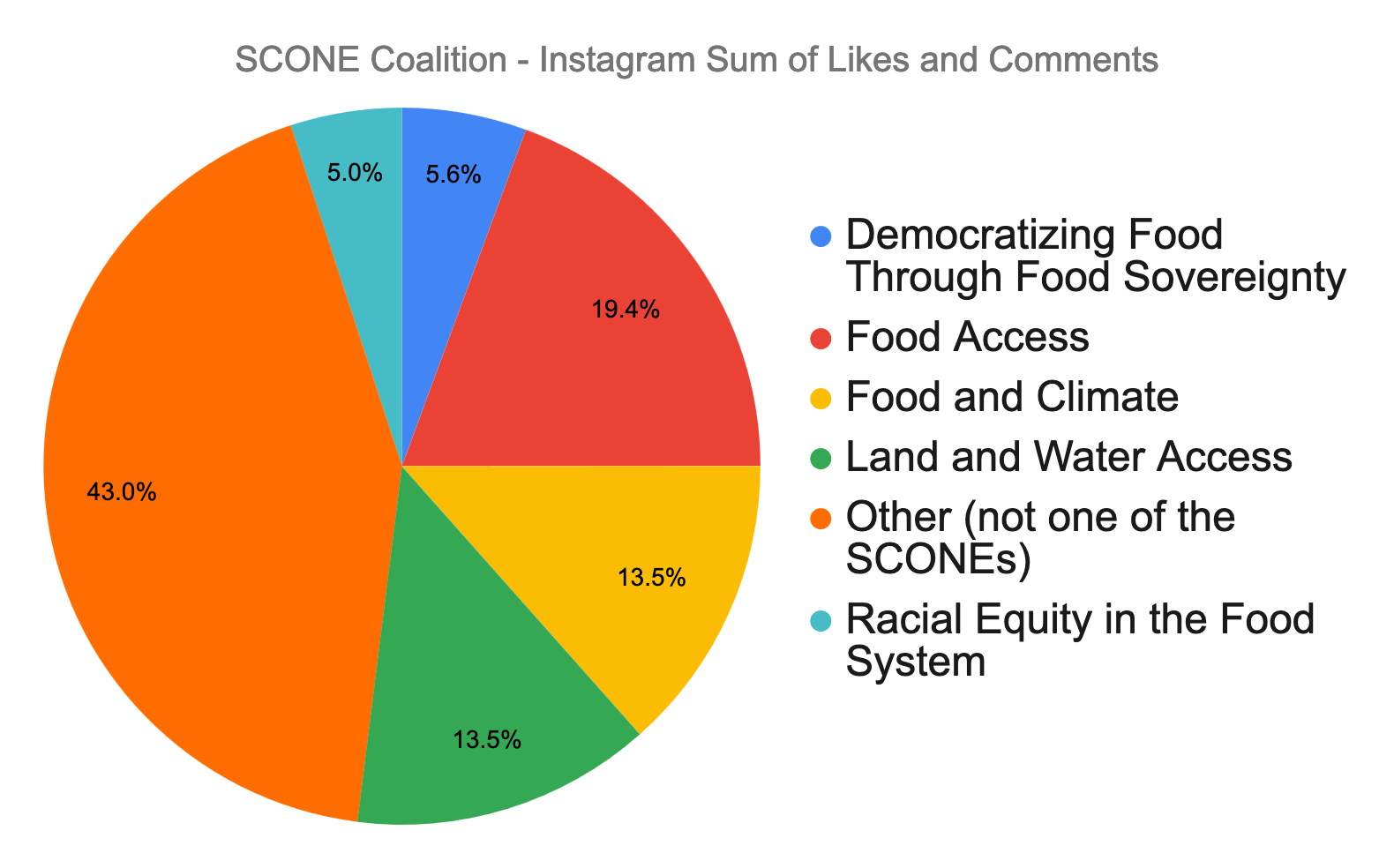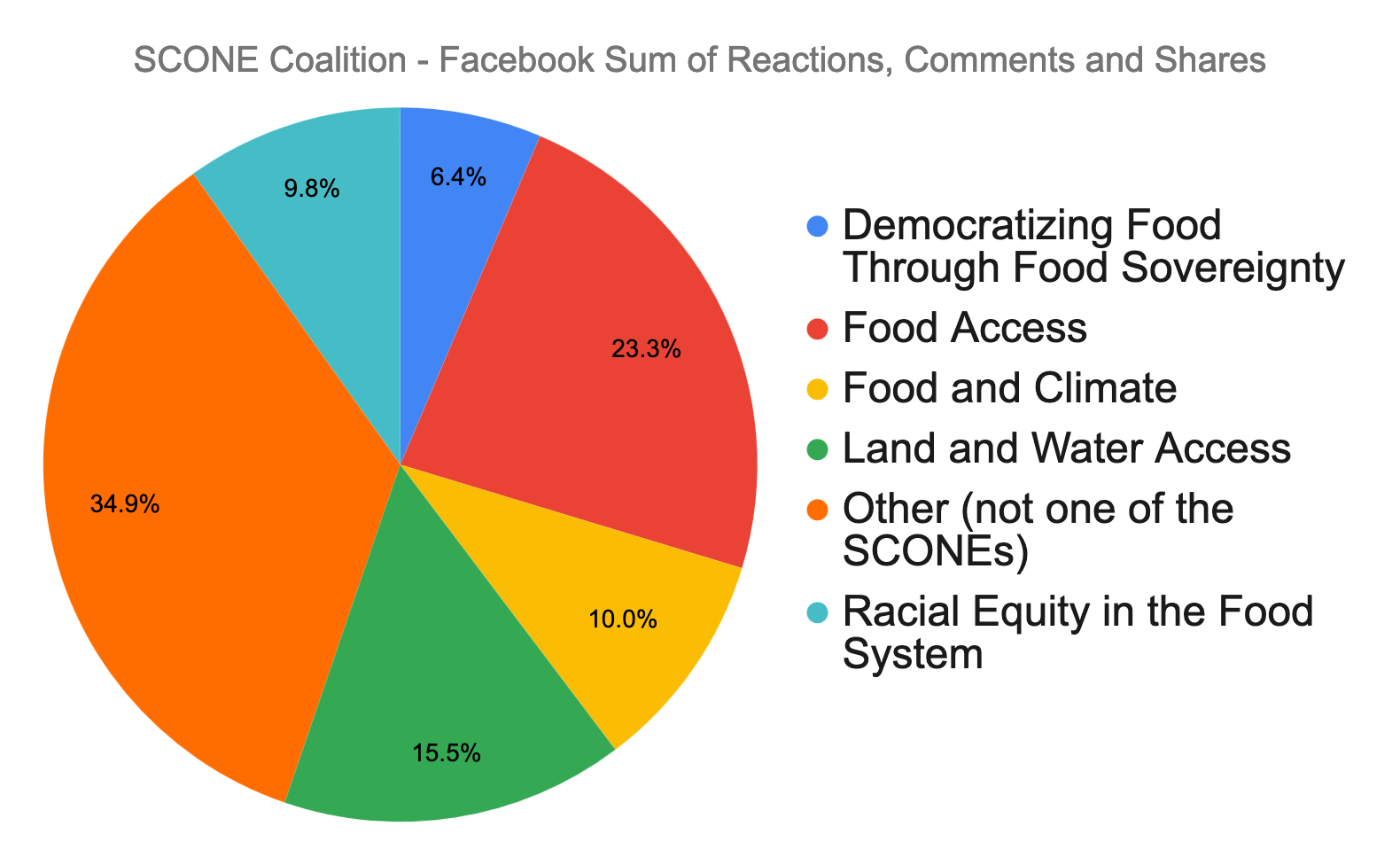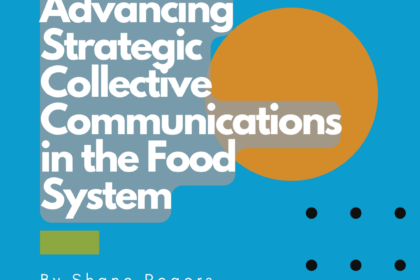
By Shane Rogers
“A narrative reflects a shared interpretation of how the world works.” – Narrative Initiative
Fact; we are stronger and our impact greater when we work together. This sense of collectivism is written into mission statements, strategic plans, and business models. And for many, it is a driving force behind the work they set out to accomplish as a business, organization, or agency.
Yet, when it comes to creating a communications strategy, we often find ourselves going it alone. Decisions about which narratives to lift up are often made internally, with a hope, at best, that others are also evoking a similar, shared vision of the world to their audiences. In turn, the resulting framing and messaging produced from these narratives result in communications that focus solely on our own work, accomplishments, and accolades and not as much on our missions or shared values. Whether this is due to lack of time, money, or, even, a learned scarcity mindset fostered by some in the funding community, the results are the same – competition among like-minded groups and a diminished possibility of true narrative shifts.
So is this way of doing communications work actually serving us, our missions, or our communities?
Instead, imagine grounding communication strategies firmly within the values of collaboration and collectivism that are interwoven throughout our business and organizational missions. Think about the power that could be amassed if, as communicators, we prioritized coming together to discuss and organize around Strategic Collective Narratives, practice Communal Framing, and craft stories, build skills, and celebrate success in Solidarity with one another and the community.
What would happen if instead of competing for likes and press hits and influence that centers only our work, we were striving to resonate with and reverberate off one another; to lift each other up and amplify our collective voices; to rest easy knowing that our partner’s success is also our success because we’re all in this together?
That is the work of Strategic Collective Communications.
SCONE Coalition – A Food Systems Case Study
Now, these aren’t just nice-sounding words, this theory of communications is grounded in real trial and error. And it can also be adapted for different industries, sectors, and issues. What is produced from these processes will almost definitely look different than what is shared in the case study below but ultimately, those working in the various industries, sectors, and issues will know what will best suit their needs.
In 2021, a group of Northeast food system communicators came together to discuss narrative strategy, beginning the work that became the basis for the three elements of the Strategic Collective Communications framework – Strategic Collective Narrative, Communal Framing, and Solidarity.
Over the course of the multi-year process, two iterations of a core organizing team worked together to articulate some of the most important narratives related to championing a just and sustainable food system. Organizers then brought the findings back to the community and their networks for feedback. What emerged from this iterative process, which included dozens of community feedback conversations, consistent tweaking, editing, and robust debates between the organizing team, were five SCONEs (Strategic Collective Narratives) – Food Access, Food and Climate, Racial Equity in the Food System, Democratizing Food Through Food Sovereignty, and Land and Water Access.
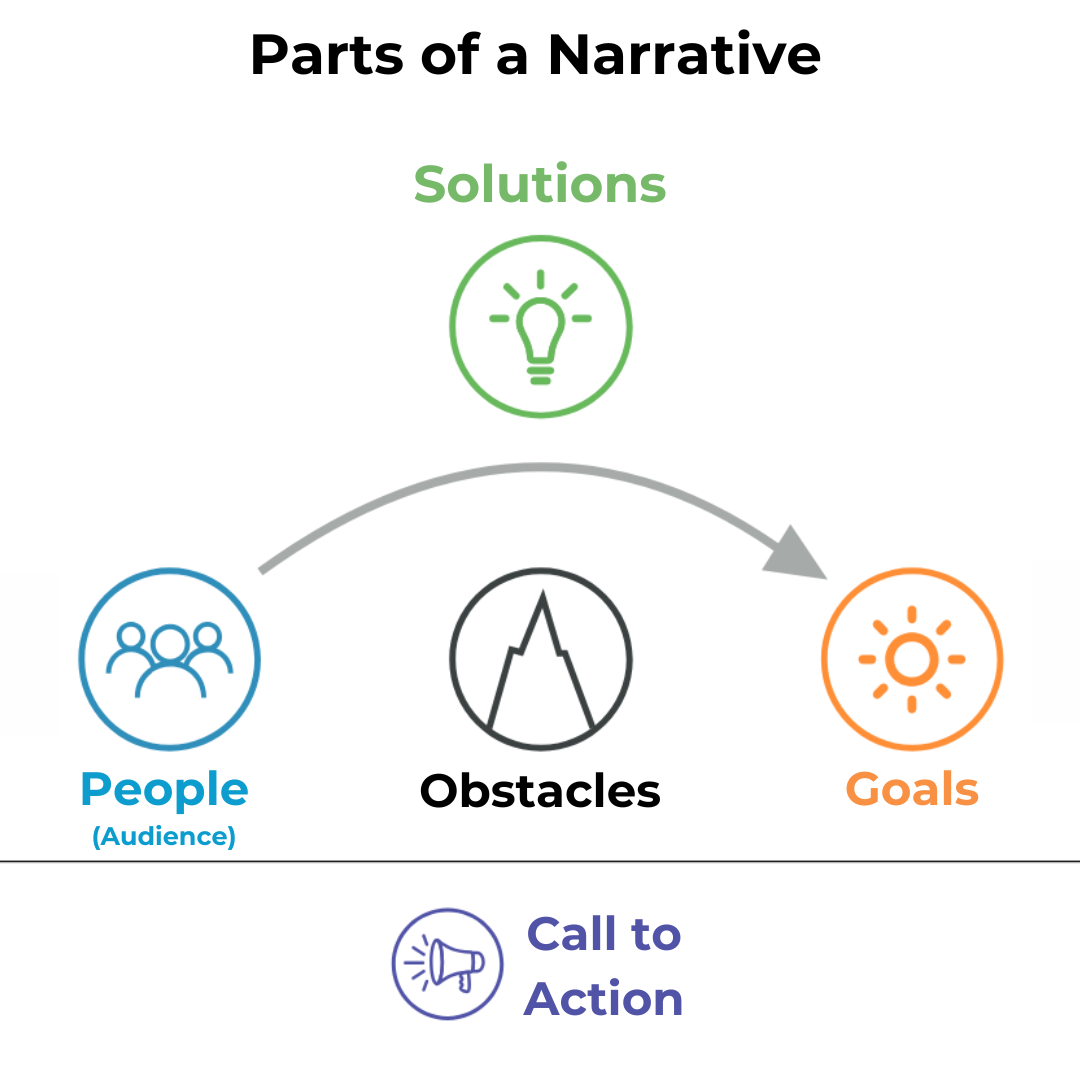 Within each of these SCONEs, the organizing team gathered examples that meaningfully articulated three parts of an effective narrative – goals, obstacles and solutions. These initial narrative elements were not exhaustive and are still evolving, but they did help the organizers coalesce thinking around narratives that were held in common and used by partners and allies across the food system.
Within each of these SCONEs, the organizing team gathered examples that meaningfully articulated three parts of an effective narrative – goals, obstacles and solutions. These initial narrative elements were not exhaustive and are still evolving, but they did help the organizers coalesce thinking around narratives that were held in common and used by partners and allies across the food system.
The process of identifying the SCONEs through intentional and deep conversations among communities and communicators was useful and interesting in its own right. But there was a general consensus that in order to achieve true narrative change, more had to be done to build skills and foster a sense of solidarity among communicators and communities. The SCONEs were the organizing tool to do just that.
After an initial call to partners, nearly 50 communicators from across sectors and states whose values aligned with those in the SCONEs expressed interest in participating in what was called the SCONE Coalition.
“Seeing the various communicators from across the country and in different fields take to the narrative change work and get excited about collaborative efforts was really inspiring,” says Lauren Olson, communications manager for the Maine Food Convergence Project and one the the core SCONE organizers. “Not only did we connect with a bunch of new people, work on building critical communications skills, and start collecting collective metrics, this group motivated us to start a Maine narrative group that is working on implementing SCONE methods and creating content to share out.”
The SCONE Coalition was broken into two working groups that ran simultaneously – one focusing on general narrative practice and discussion and another developing metrics to measure the impact and reach of the coalition’s collective communications work. During the time spent working on general narrative practice, the group built solidarity and understanding of the Strategic Collective Communications framework, practiced Communal Framing by taking the SCONEs and making them into usable messaging, shared tips, tricks, and struggles among one another, and planned campaigns to further utilize the SCONEs to reach existing and new audiences.
Collective Narrative Change Content Audit and Metrics Tracking
During the metrics work group, participants experimented with tracking the impact of narrative in their own work and collectively. Nine groups each ran a content audit on their Facebook and Instagram metrics from their last 50+ posts on each platform. The data collected represent baseline metrics on communications work prior to joining the SCONE Coalition.
For the audit, participants not only collected the whole suite of social media metrics – reach, reactions, shares, etc. – they also tagged each post according to which of the five SCONEs it was focused on – Food Access, Food and Climate, Racial Equity in the Food System, Democratizing Food Through Food Sovereignty, and Land and Water Access – along with what type or focus the post was – Development, Events, News, Other, Policy, Programming, Resources. While admittedly imperfect, as most current participants are novice data collectors (read: over stretched communicators trying to do their best), the collective insights were impressive and loaded with potential (see a snapshot of the collective metrics below).
“The time and effort I invested in the SCONE Coalition is incredibly well spent and allows me to step off the hamster wheel of communications work and refocus on the ultimate point — engaging more people in transforming our food system towards justice and sustainability,” says Jacob Nelson, communicators coordinator at CISA and one of the core SCONE organizers. “Having space to share what’s working or not and to collaborate on shared content has made me a more efficient and skilled communicator while giving me a network of colleagues I can consult any time.”
The metrics provided insight for the communicators on many levels. For instance, the baseline metrics showed that collectively the nine groups reached 468,000 people on Instagram, garnering 31,000 likes, and reached 388,000 people on Facebook, with 9,000 reactions. These metrics will serve as the basis for understanding the impact of working together as a Coalition moving forward. But they also immediately helped the communicators understand what narratives were showing up consistently and resonating with their audiences and, when viewed collectively, how their work situated within the broader context of the coalition and contributed to shared goals. Another intention for collecting these metrics was to show funders just how important and truly impactful it is for groups, businesses, agencies, and beyond to focus on narrative work while also carving out intentional time to work together on collective communications.
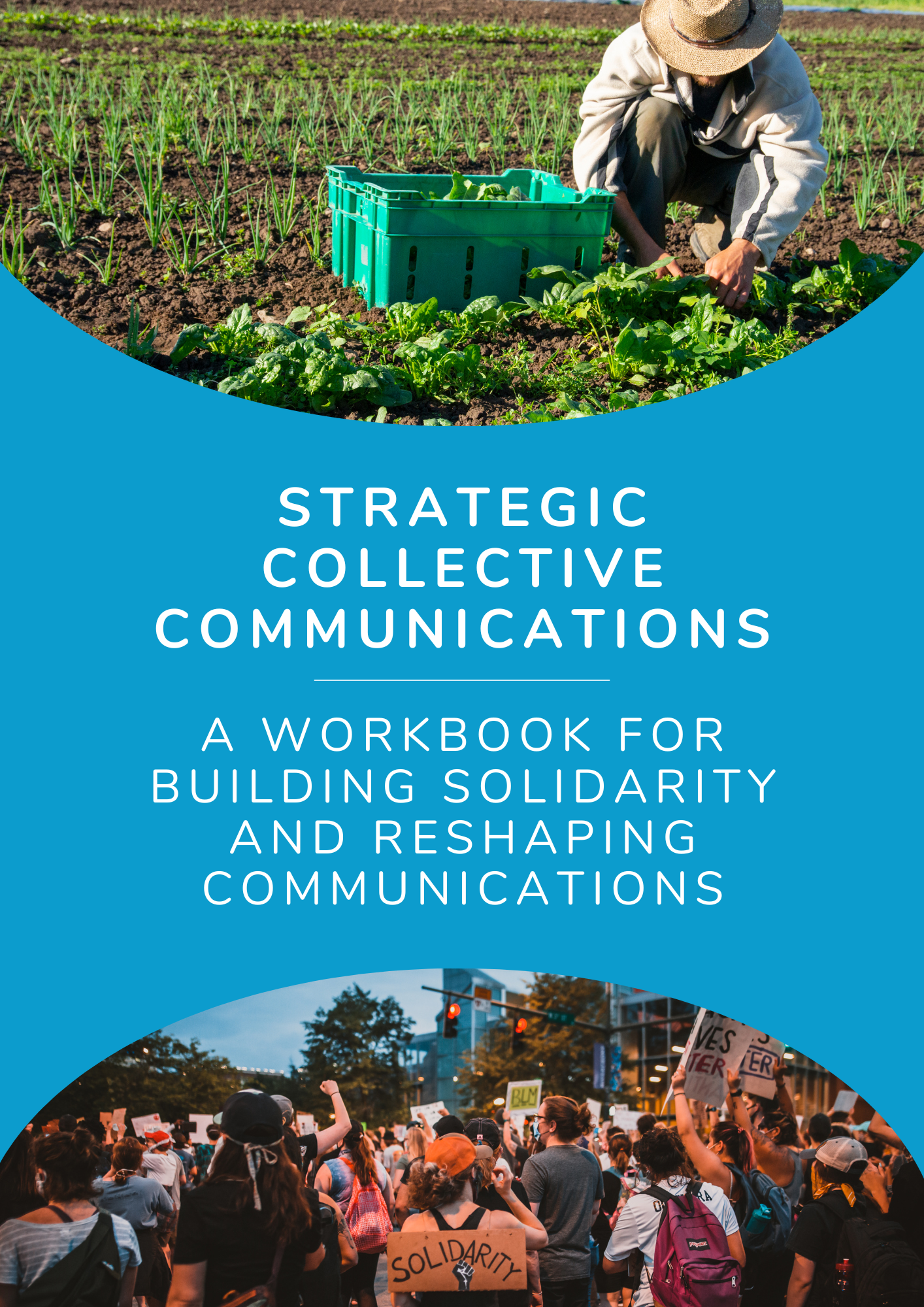 The SCONE Coalition is still meeting and working to build relationships, collect compelling data, and to grow the impact of this work. The narrative working group is focusing on expanding audiences by using the SCONEs and the metrics working group is continuing data collection while using it to ground decision-making around strategy. Every member who filled out a feedback survey expressed interest in continuing to work with the group and on strategic collective narratives, with most saying they had others in mind that they would love to see join the Coalition alongside them.
The SCONE Coalition is still meeting and working to build relationships, collect compelling data, and to grow the impact of this work. The narrative working group is focusing on expanding audiences by using the SCONEs and the metrics working group is continuing data collection while using it to ground decision-making around strategy. Every member who filled out a feedback survey expressed interest in continuing to work with the group and on strategic collective narratives, with most saying they had others in mind that they would love to see join the Coalition alongside them.
The Strategic Collective Communications framework and the lessons learned from the SCONE Coalition are offered freely to the community. A workbook – Strategic Collective Communications: A Workbook for Building Solidarity and Reshaping Communications – with more details, including the SCONEs can be downloaded and used by anyone. The process of strategic collective communications can be replicated anywhere, among any sector with a little bit of time, intentionality, and a group of dedicated organizers and communicators that want to see it through.
Want to join existing efforts?
- The SCONE Coalition is starting its second round of collective metrics and content auditing – if interested in joining those efforts, fill out the 2025 SCONE Collective Narrative Change Metrics Experiment form and someone will be in contact.
- Join the Food System Communicators Community of Practice to join others from throughout the country and beyond sharing skills and making connections with folks doing similar work.
Want to do something similar but different than above?
Here is where to start:
- Gather a group of partners and identify the large narrative and their elements that you’re using consistently.
- Tweak, hone, and polish those narratives.
- Spend time with your community, asking if the narratives are resonating.
- Call together all those who resonate with the narratives to intentionally work together on better incorporating the narratives into strategies and supporting one another.
- Be consistent, always check back to see if things are resonating, tweak, and adapt.
Reached 468k on Instagram and 388k on Facebook
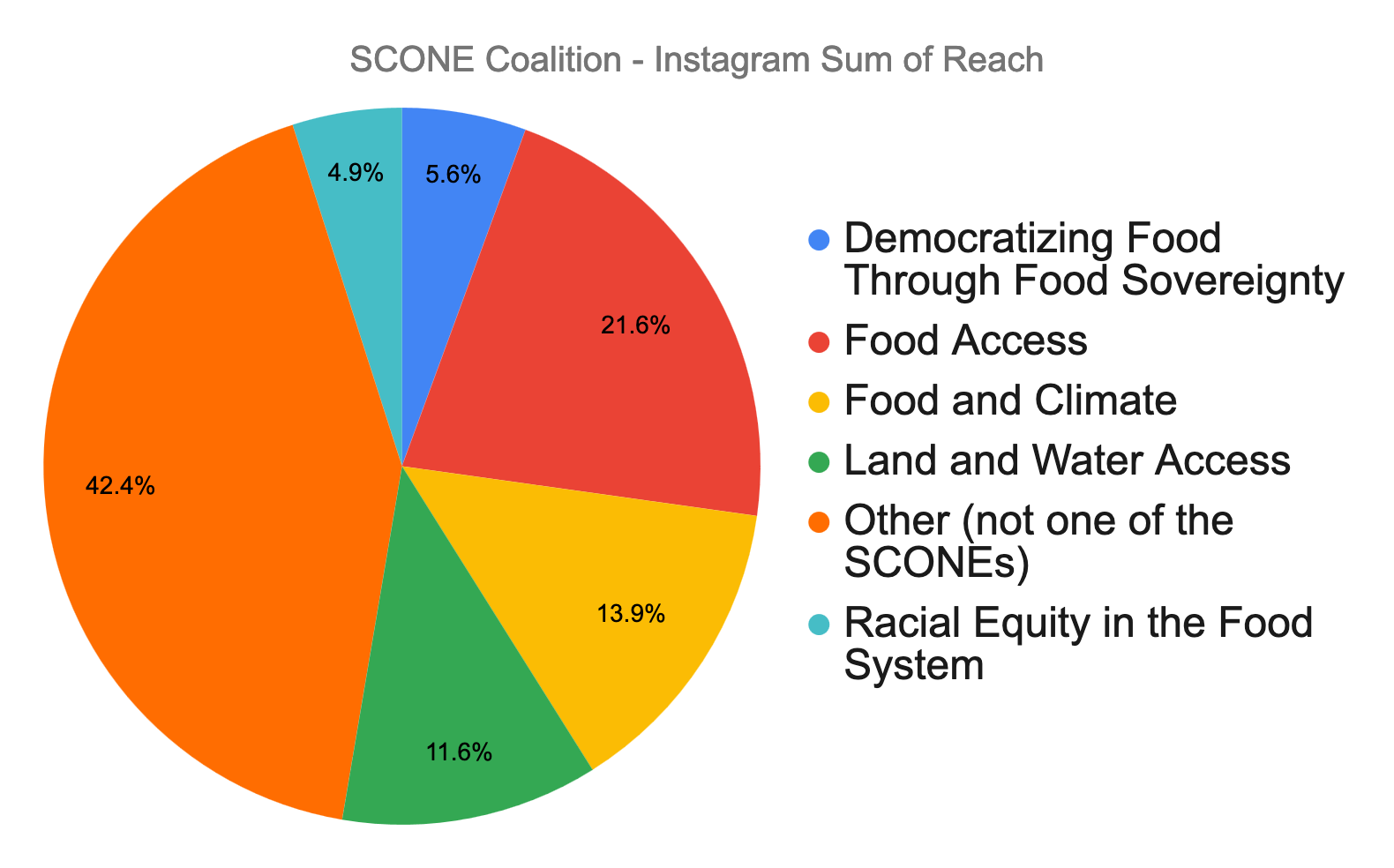
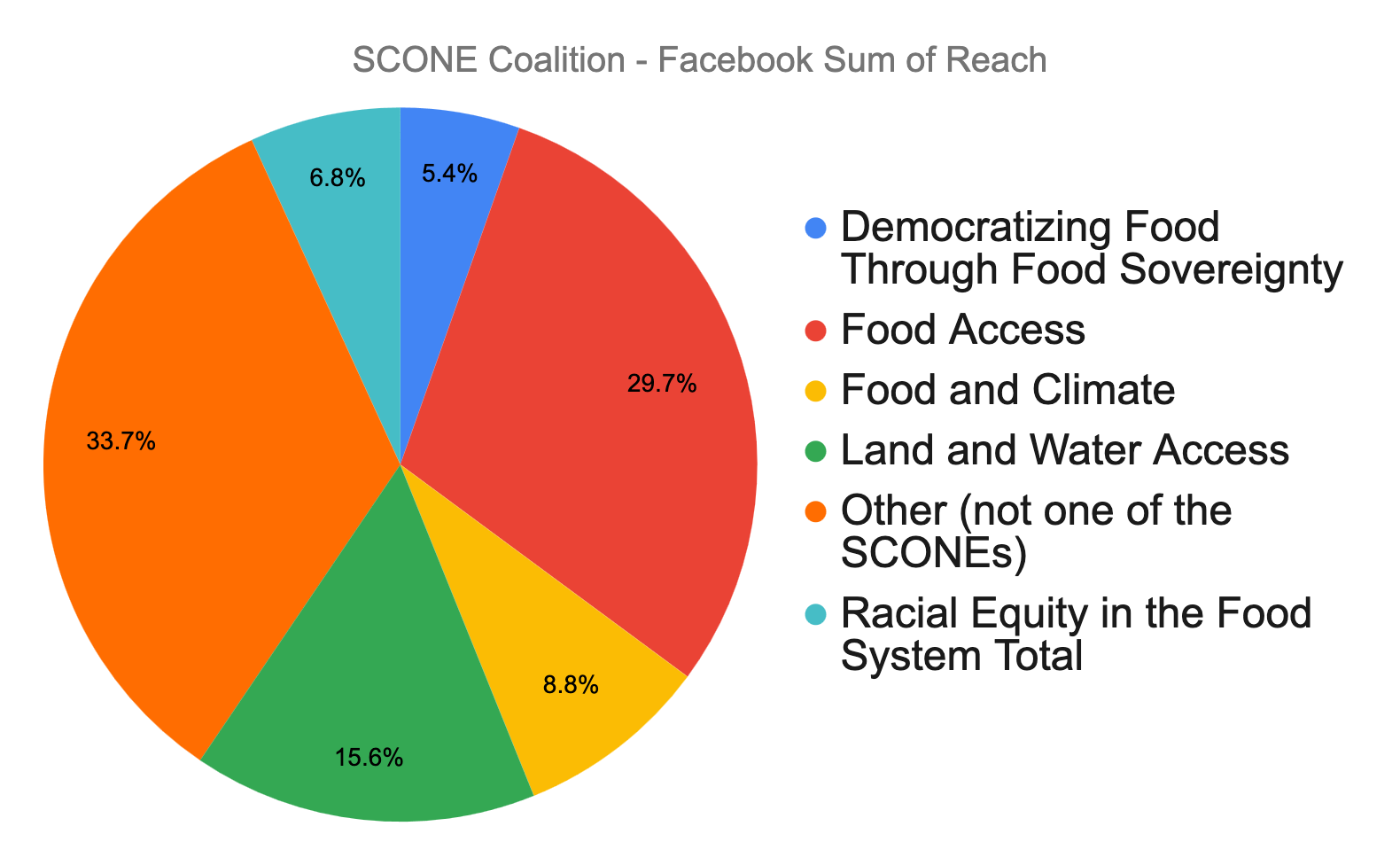
Garnered 31k Likes and Comments on Instagram and 9k Reactions, Comments, and Shares on Facebook
